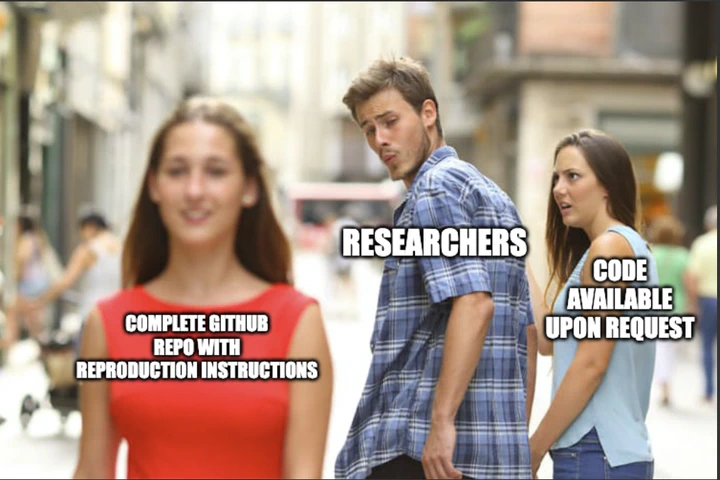Open Science Publications 🔬
🎄🎁 Advent of Open Source – Day 06/24: A commitment to open science through publicly available, runnable code for every publication.

(See my intro post)
Today’s post is about something I have strong opinions on: making scientific research reproducible. While many researchers talk about open science, actually making your work reproducible for anyone requires significant effort.
📖 Origin Story
During my Ph.D. and subsequent research, I noticed a frustrating pattern in scientific publications: claims of “code available upon request” that often led nowhere, or code snippets that wouldn’t run without substantial modification. I made an effort that my publications would be different – each includes complete, runnable code that reproduces every figure and result.
🔧 Technical Highlights
- Multiple repositories covering quantum physics experiments and simulations:
- orbitalfield - “Orbital effect of magnetic field on the Majorana phase diagram” (94 citations)
- supercurrent-majorana-nanowire - “Supercurrent interference in few-mode nanowire Josephson junctions” (78 citations)
- zigzag-majoranas - “Enhanced proximity effect in zigzag-shaped Majorana Josephson junctions” (56 citations)
- azure-quantum-tgp - “Protocol to identify a topological superconducting phase in a three-terminal device” (52 citations)
- spin-orbit-nanowires - “Spin-orbit protection of induced superconductivity in Majorana nanowires” (81 citations)
🔄 Evolution of Best Practices
What I consider best practices has evolved over time. Today, I would:
- Use Pixi for universal lock files across operating systems and programming languages
- Provide a minimal Docker container that just installs the pixi lock file
- Create self-documenting Jupyter notebooks that reproduce every result
- Include clear figure-to-code mapping for paper reproducibility
🎯 Challenges and Solutions
- Balancing code cleanliness with research deadlines
- Managing large datasets efficiently
- Ensuring long-term reproducibility
- Making complex physics simulations accessible
💡 Lessons Learned
- Clean code takes time but saves more in the long run
- Documentation is as crucial as the code itself
- Lock files are essential for true reproducibility
- Making code public improves its quality
Want to explore quantum physics simulations? Check out the repositories above, each linked to their corresponding papers with full reproduction instructions.
#OpenSource #OpenScience #Physics #QuantumComputing #Python